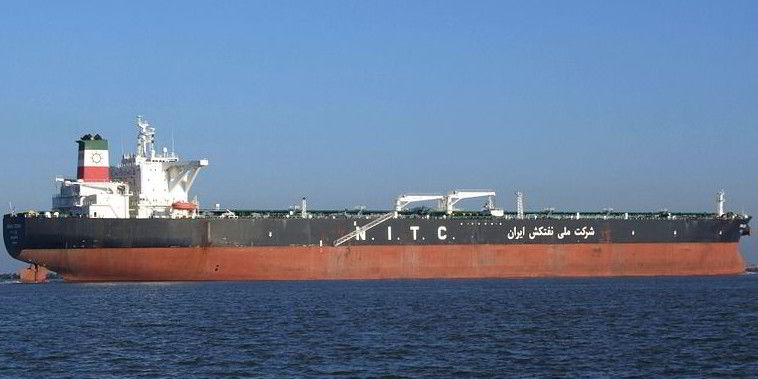Crude oil production cuts may only be having a small impact on VLCC rates as the number of spot fixtures from the Middle East Gulf remains healthy, an MJLF analyst says.
Rather, it is ship supply that appears largely responsible for the 38% year-on-year drop in spot tanker rates.
That was one theme of a Credit Suisse-sponsored conference call on the current state of tanker markets.
MJLF tanker researcher Court Smith says the cuts are creating new trade flows which could actually help tonne-mile demand for smaller tankers.
But the largest tankers will likely continue to see rates remain at current trough levels until the seasonal uptick in crude oil shipments in the fourth quarter.
The pledge by Opec and non-Opec members to cut some 1.8 million barrels per day seems to be taking hold, said Credit Suisse analyst Gregory Lewis. He estimates overall compliance with the cuts at 70% or better.
But those cuts have not made much impact on actual tanker fixtures. For March, Smith says 124 VLCCs have been chartered for spot voyages. That number is below the five year average, but is still actually slightly up year-on-year.
The Middle East Gulf ships between 70 million and 80 million barrels during each 10-day vessel fixing period per month. Fixture data for the last week of March, though, shows some 100 million barrels will be shipped.
The steady cargo count out of the region stems from suppliers such as Iran and Iraq, being largely exempt from the pledged cuts of 1.8 million barrels per day by Opec and non-Opec members.
Saudi Arabia, which pledged to make the largest cut, is using less crude oil domestically for power plant use, which “should keep more oil on the water,” Smith said.
With cargo counts staying fairly steady, the main culprit that caused average VLCC freight rates to fall from $40,000 per day last year to $25,000 per day is the growing supply of ships.
There were 617 VLCCs 15 years or younger on the water this time last year, Smith says. But the count now stands at 685 VLCCs of similar vintage.
Many of those new ships joined the fleet during the fourth quarter of last year, causing rates for VLCCs to start softening during what would usually be their during peak earnings season.
If scrapping remains lower, Smith says the fleet could swell to 728 by years’s end.
“The VLCC fleet is growing at a rather good clip,” Smith said. “We are in a place in the tanker market where the supply of tankers is more important than the supply of oil.”
There are also risks to the downside related to additional supply coming to the market. The price structure for crude oil could move some VLCCs currently on floating storage to discharge and re-enter the spot market. But improving scrap metal prices may also mean more of those ships get recycled.
“If those ships on floating storage re-enter the market, they could depress rates,” Smith said. “But they are older, so we might see some of them go to the breakers.”
National oil company fleets could also threaten to take market share away from the commercial operators, Smith says. National Iranian Tanker Company has made tentative return to world markets, thanks to being able to get protection-and-indemnity coverage.
One of its ships, the 318,021-dwt Snow (built 2012) was put on subjects to carry a non-Iranian crude cargo out of the Caribbean Basin. While the charter fell through, Smith says it indicates that the company’s fleet, standing at 40 VLCCs, might try to go after more business.
Likewise, Iraqi Oil Tankers has signalled it wants to renew its VLCC fleet which was destroyed during the first Persian Gulf War.
In one aspect, the crude oil production cuts have been positive as it has made it more economic for buyers in Asia to get crude oil from the Atlantic Basin.
Smith says trade flows have shown more VLCCs loading out of West Africa bound for Asia. But other supply sources such as the Mediterranean, North Sea, Eastern Canada and US Gulf Coast have also seen more cargo activity.
Those new movements have directly benefited the suezmax market thanks to load port restrictions in the Atlantic Basin.
“The real surprise has been suezmaxes,” Smith said. “They are taking a pretty decent number of cargoes.”



